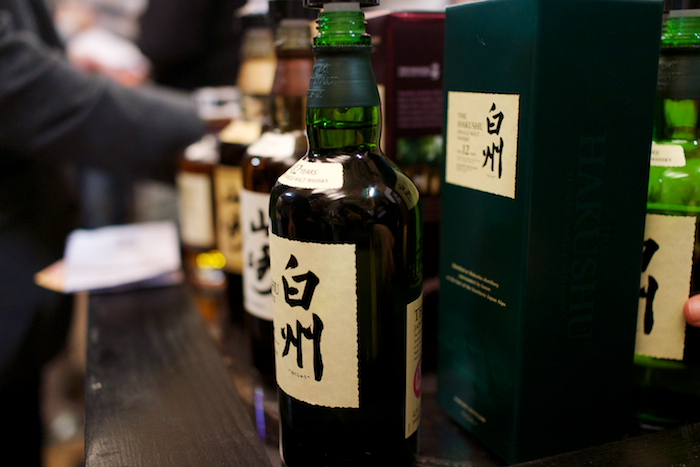I could barely finish the generous pour of Amrut Portonova I first poured. This isn't an everyday drink. The thick oaky texture was on par with Icewine. Instead, it's a drink for special occasions with flavour you won't quite experience anywhere else.
Amrut Distillery is located in Bangalore, India. The distillery has a long history of distilling various spirits, but it wasn't until the last few decades that they started to focus on producing whisky. The first whisky from the distillery to get international notice was the Amrut Fusion–one quarter peated barley from Scotland, the rest Indian barley–fully aged in Bangladore. I covered it back in 2011.
The hot Indian weather changes the formula for whisky barrel maturation. Winters in Scotland and Kentucky slow down the chemical process during colder months. In India, maturation never slows, and this makes age statements irrelevant. While molecules are more excitable at higher temperatures, the humid weather means less water evaporates compared to alcohol. The results make for a different type of whisky.
While I'm simplifying the challenges of whisky making in warm climates, Amrut fully understands this complexity. Instead of producing whisky that tastes familiar to scotch drinkers, they make excellent whisky with their own character.
The distillery has the luxury of using different types of barrels over the maturation of the whisky. Amrut Portonova took a journey back and fourth between new oak barrels and barrels that were previously held in bourbon. This back-and-forth process was done to taste. The whisky was then transferred into 40 year old sherry pipes for 9 months before the whisky finally went back to the bourbon barrels again to balance out the flavours.
When tasting Amrut Portonova, one needs to acclimate with cautious nosing and small sips. The nose is surprisingly light considering the flavour, though there's plenty happening. You'll get forward dried fruits and distant burnt orange citrus, along with spice. There's a lot of new oak to this drink, such as with a well aged bourbon, and that'll become apparent on the nose. The palate accelerates in flavour. The taste starts sharp with caramel sweetness that's nearly entirely masked by the heat and spice of this drink. You'll get the expected vanilla and caramel, sure, but the peppery spice is out of this world. The sweetness evaporates off the tongue toward the middle of a taste. The finish is long, spicy, with some dried fruit.
Amrut Distillery managed to create something new with this one. This is a no-age statement whisky, and a really great example of how little age matters in the high-end whisky world.
Originally published on Spotlight Toronto









